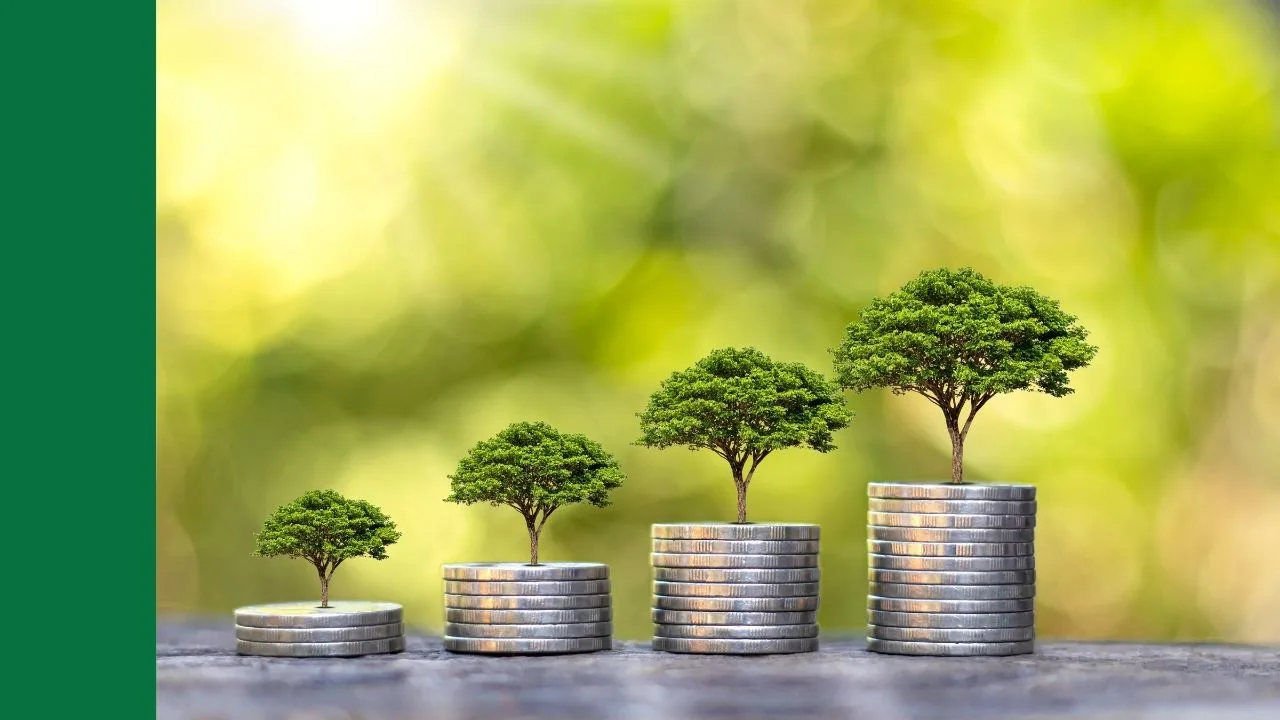Costa (ASX: CGC) has finally given investors the trading update they’ve been waiting for. What’s going to happen to the share price?
Costa is Australia’s largest horticultural business. It produces glasshouse tomatoes, berries, avocados, mushrooms and citrus fruit. It has over 4,500 planted hectares of farmland, 30 hectares of glasshouse facilities and seven mushroom growing facilities across Australia. Costa also has international interests, with majority owned joint ventures covering six blueberry farms in Morocco and three berry farms in China.
Costa’s Painful Trading Update
Costa has finally given investors a trading update about what’s going on with its business, it also gave guidance for the 2020 year.
Problems that had previously been announced to investors have continued for mushrooms, raspberries and blueberries. Costa CEO Harry Debney said:
“These factors made it difficult to provide accurate future forecasts with further risks to performance foreshadowed. Unfortunately, the downside risk of these challenges continues.”
But in addition to that, Costa said that prolonged extreme dry and hot conditions are now impacting fruit sizing and yield in avocados, blueberries and the late season citrus crop. It’s causing deterioration in fruit sizing and yield, exacerbating price declines.
FY20 Outlook
Costa expects an improvement in 2020, supported by recent and ongoing investment in the business, operational initiatives and more normalised market conditions.
Based on current conditinos, Costa is expecting underlying EBITDA (EBITDA-SL) to be approximately $150 million and underlying net profit (NPAT-SL) in line with 2018’s figure of $56.6 million.
This forecast includes an assumption of moderate improvement of dry weather and drought conditions, with more normal season and crop cycles in Australia and Morocco.
However, if conditions were to worsen it could mean less water availability and higher water consumption by crops, leading to higher water costs and smaller fruit sizes.
Capital Raising
To improve the balance sheet position and pay down debt, Costa is trying to raise $176 million from investors at $2.20 per new share, which is a 36.4% discount to the last closing price of $3.46.
Eligible shareholders can buy one new Costa share for every new share held at 7pm on 31 October 2019.
Leverage at 30 June 2019 on a pro forma basis to reflect the capital raising will be 1.14x net debt compared to EBITDA-SL.
Summary
The Costa share price is likely to be smashed like an avocado when it comes out of its trading after the institutional raising is complete. I’d imagine it will get to around the capital raising price.
I don’t feel confident about holding Costa any more. The share dilution reduces the prospective returns per share in the future at an unattractive price (for existing shares).
Will climate change hurt Costa’s earnings regularly? I’m not sure I want to stick around as a shareholder to find out, even if there are plenty of potential positives (on paper).
I’m thinking I would rather invest my money in reliable shares like the ones in the free report below instead.
[ls_content_block id=”14945″ para=”paragraphs”]
[ls_content_block id=”18380″ para=”paragraphs”]




